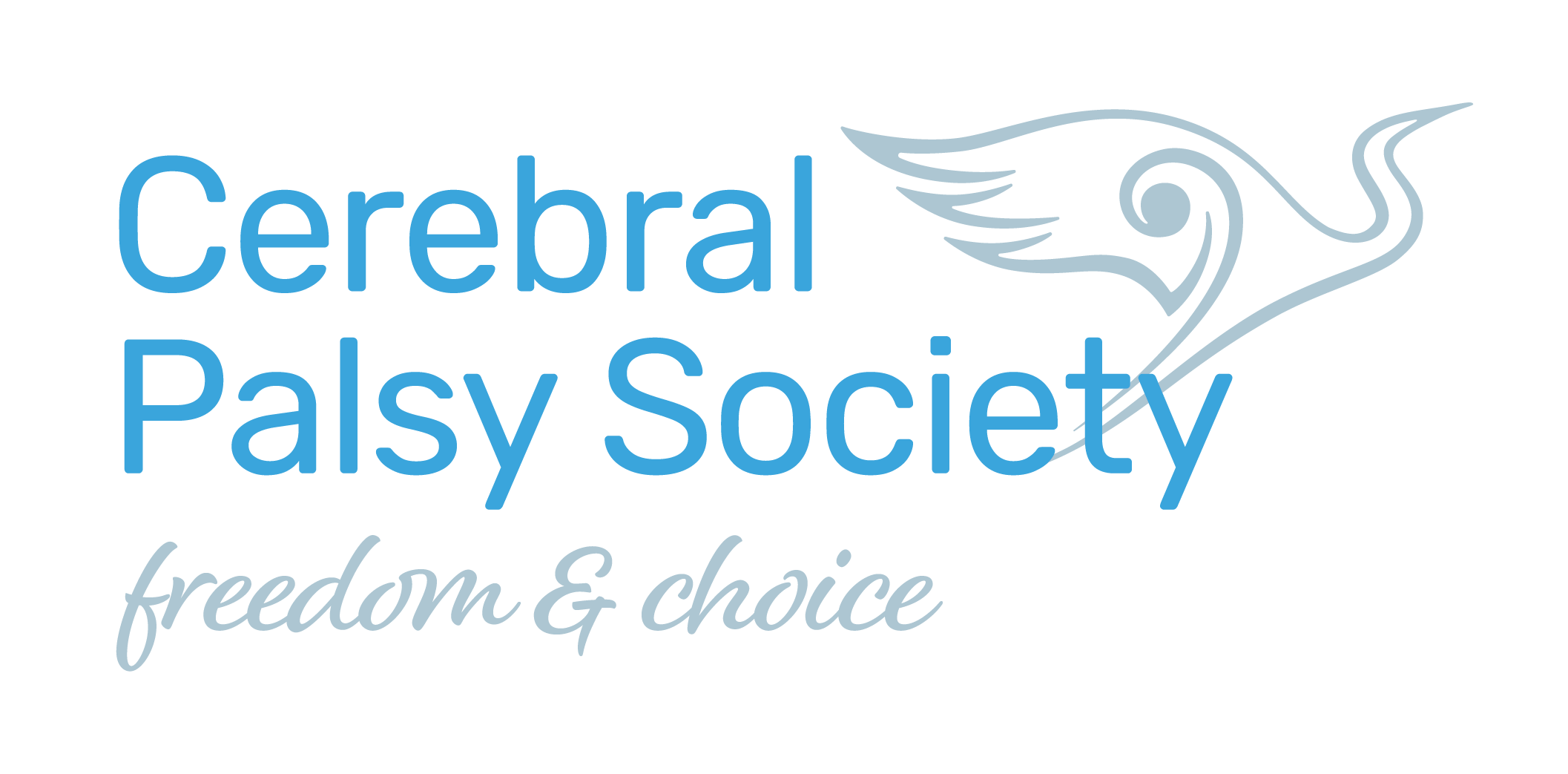Research
Stem Cell Therapy
15 Nov 2017
On the 21st of May, 2014 the Cerebral Palsy Alliance of Australia held an online forum where three experts and one parent involved in the realm of stem cell research presented on the current state of this type of therapy. During the forum ideas were flowing on the current state of the research where there is plenty of cautious optimism to be found.
Over the years the amount of treatments available to treat CP has grown exponentially. Of the treatments available, it is reported that they only account for 4-10% improvement in symptoms of CP. These could be practical, meaningful gains, but there is a need for more effective treatments. Stem cell therapy could now be a viable option.
Stem cells are primitive cells that have the capacity to grow into a number of different cells, as well as clone themselves and repopulate tissue. Existing clinical trials are investigating whether you can grow these cells in labs and use them to treat diseases in a safe and effective manner. Stem cells have been used over the past two decades to successfully treat children who have cancers of the blood and bone.
Of particular importance was a recently published Korean study that looked at the effectiveness of umbilical cord blood, which is rich in stem cells, to treat CP in children. There were 3 groups: 31 children who were in the stem cell therapy group, 33 children who were given a bone-strengthening drug EPO, and 32 children who were in a âno treatmentâ group. The results showed that function improved in all 3 groups, however, the biggest improvements were found in the children who received umbilical cord blood who were under the age of 3. After 1 month, the children showed improved cognitive states as measured my mental assessment scores, and after 3-6months their motor skills improved. Brain scans also suggested improvements in brain structure. This study is important as it provides evidence for stems cells being able to repair the brain and a potential cure for CP.
Duke University in America has also been running clinical trials of stem cell therapy in children with CP. One parent, Stephen Archer, spoke about his son Zacâs experience of going through the procedure and the post-treatment results.
In 2010 the family decided to invest heavily (both financially, and psychologically) into travelling from Australia to America with the hopes of curing 5-year-old Zacâs symptoms. The procedure was relatively simple, administered intravenously, and quick, lasting for 20 minutes.
Two years later, the family have seen no improvements in Zacâs CP. The message that Stephen wanted to portray was that the treatment and research are still in its infancy. Even though it did not work for his son, Stephen was adamant that this is no reason to give up hope, but instead, Zacâs lack of progress was a reminder to be cautious of the risks and disappointments of stem cell therapy in its current state.
Amy Hogan

